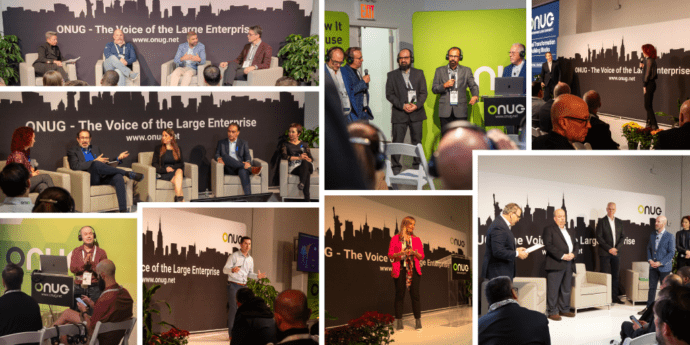Analyze Tech-Debt to Propel Innovation
If you could claw back some cash from your company’s technical debt, no doubt you would. Instead of having 70 to 80% of your IT budget stuck on maintenance on aging infrastructure vs. innovation, imagine having enough budget to put towards cloud modernization and migration, GenAI, agentic AI and intelligent automation, real-time analytics or zero trust security.
Now there are certainly legitimate reasons why tackling technical debt isn’t easy. You get caught up in firefighting bugs and there’s no time to improve the design or structure of the software you developed. You’re concerned about breaking something you don’t understand; those old systems may be mission critical – and not particularly well-documented. And upgrading hardware isn’t just a hardware issue – since it’s coupled with legacy software, you’re looking at re-platforming apps, too.
But perhaps one of the biggest issues is that you may not really know where all your tech-debt lives. The software workarounds that lead to its build up in apps aren’t always tracked, for instance, and when it comes to networking, you’re facing everything from physical devices like routers and firewalls that aren’t visible in code repositories or dashboards, to topology diagrams that may not have been updated in years. In siloed organizations no one team may even have a comprehensive view into technical debt, since it lives across codebases, infrastructures, processes and so on.
But, with the right tools, technical debt can be discovered. Dependency and software bill of materials scanning, infrastructure as code drift detectors, chaos engineering and cloud security posture tools can help – and now, so too can AI-driven operations platforms. DXC’s Intelligent Operations, for example, can help with tech debt through its Technical Debt Analyzer.
Intelligent Operations is a human-led, AI-powered approach that provides observability and asset/estate mapping; predictive analytics; automatic diagnosis and resolution; and reliability and compliance, among other capabilities. So, with observability and compliance monitoring for end-of-life solutions, vulnerabilities and outdated versions, you can find many of the usual tech debt suspects. But with visibility it also can reveal hidden debt, like components that are out-of-date or misconfigured, while predictive analytics can identify fragile links in your infrastructure chain. And if you automate routine remediation tasks, you will reduce process and operational tech debt. Now that you have the data to see where your pressure points are, you can also use Intelligent operations to help plan and prioritize migrating off aging platforms, consolidating systems or other modernizations.
Our Network Intelligent Reliable Operations leverage DXC’s cross-industry network expertise; it’s a unique vendor-agnostic tools platform with advanced AI driven automation for proactive, predictive operations, AI automation, platform and data insights, service management and observability.
Agentic SOCs may be particularly helpful in the security realm of tech debt with its long-term costs, by pointing out excessive permissions or insecure faults, noticing visibility gaps or incomplete telemetry from endpoints, or identifying outdated OSes or EOL software during asset scans. With DXC Agentic SOC Modernization, we help customers meet the challenges of reactive vs. proactive incident responses, suffering the high operational costs and complexity from legacy SIEM and more.
What’s the win? Take the first step.
Not every step you take to reduce tech debt will put money back in the IT budget right away – savings may take time. And even then, they may not be as direct as you’d like. For instance, it’s great that you may no longer have to fix a legacy service that fails every few months, but the in-your-hand dollar savings are probably not as apparent as you’d like. But if you can find unused services you no longer need, the results can be enticing: Decommissioning a legacy staging environment in the cloud might save hundreds of thousands of dollars, for example.
In fact, when DXC performed an MS365 optimization exercise for one of our clients, we found 25% to 40% of unused licensing costs. They adopted what we call a “consolidate to innovate” approach, where the money saved and recovered can fund new AI or other innovations. Our client found aging systems that cost more to maintain than new ones would to run, and some of their savings – which totaled $40M in this case – were deployed to build that new infrastructure.
As you can see, clearing up tech debt isn’t just about cleaning up the past—it can create the foundation for what comes next. Now, innovation isn’t just possible. It’s budgeted.
Our Technical Debt Analyzer – a vendor agnostic, AI-powered tool – enables you to review our current estate in a simple way and highlights areas of greatest risk through 14 categories of technical debt and gives a standardized “technical debt score” with actionable insights, recommendations and strategies of how to tackle your greatest challenges for sustained transformation for even the most complex IT estates.
Join us on the main stage keynote at ONUG on the 22nd October from 8:30am to learn more and visit the DXC booth to engage further with our demos.


